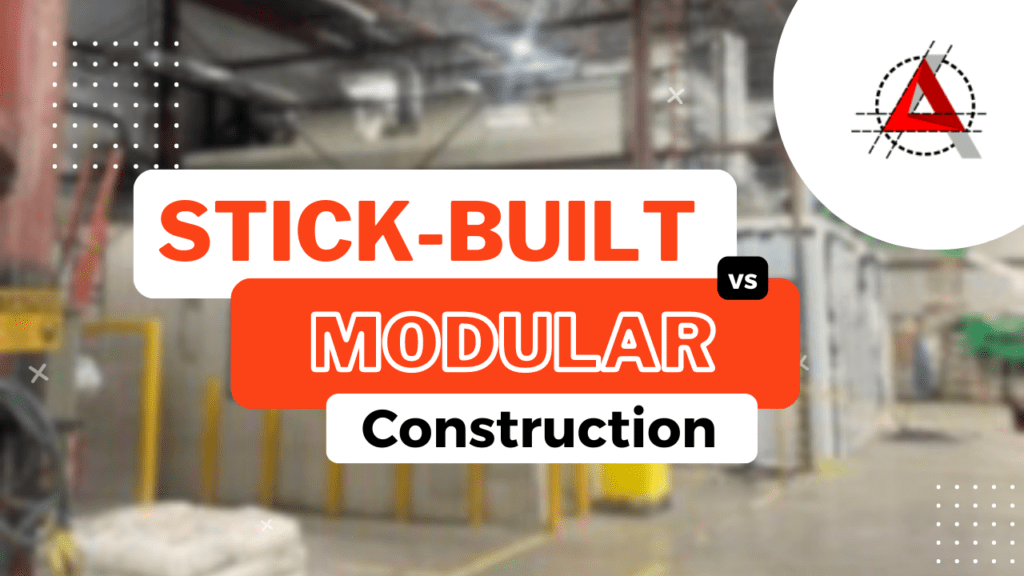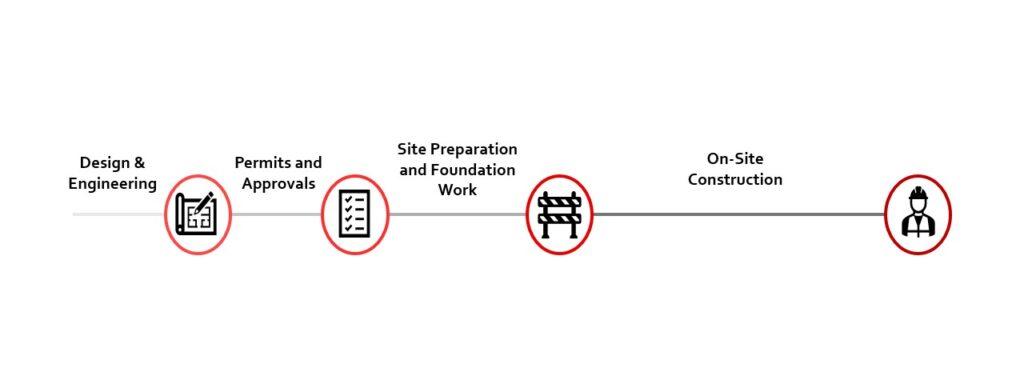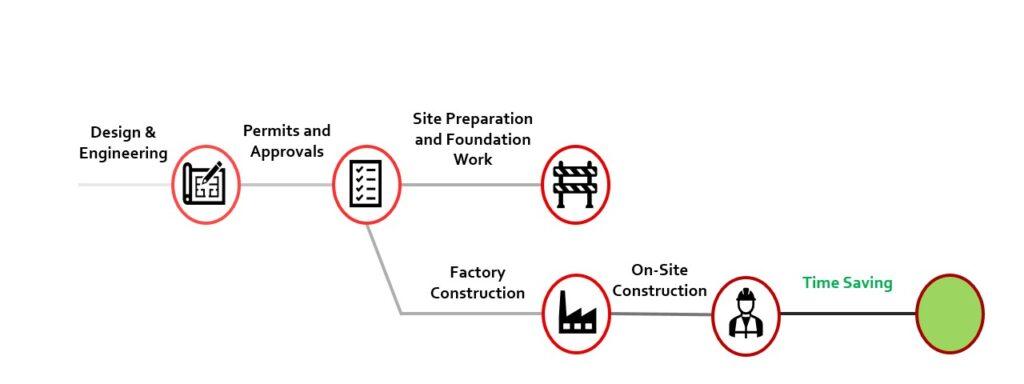Stick-Built vs Modular Construction

When it comes to constructing cleanrooms, there are two main methods to consider: stick-built construction and modular construction. Stick-built construction involves building the cleanroom components on-site using individual materials, while modular construction entails fabricating prefabricated modules off-site and assembling them at the desired location.
What is a Cleanroom?
A cleanroom is a controlled environment designed to minimize airborne particles, contaminants, and other pollutants that could adversely affect sensitive processes or products. Cleanrooms are commonly used in industries such as pharmaceuticals, biotechnology, electronics, aerospace, healthcare, and research facilities, where precision and cleanliness are crucial.
Stick-Built Construction
Stick-built construction has been the traditional approach for constructing cleanrooms. It involves constructing the cleanroom walls, ceilings, and floors on-site using individual components. This method offers flexibility in terms of customization, as each component can be tailored to meet specific requirements. Stick-built cleanrooms can be easily adapted or expanded as needed, allowing for future modifications. However, stick-built construction typically requires longer assembly times and can be more labor-intensive.

Modular Construction
On the flip side, modular construction takes a different approach, by creating cleanroom modules in a controlled factory setting, away from the construction site. These pre-fabricated modules are then transported and assembled on-site to form the cleanroom structure. This method of construction offers several benefits, such as quicker project completion times and minimized disruptions at the site. The prefabricated modules are manufactured with strict adherence to specific requirements, ensuring consistent quality and performance. Furthermore, modular construction allows for easy scalability and potential relocation if necessary. However, it is important to note that customization options may be more limited compared to stick-built construction since the modules are typically based on standardized designs.

Choosing the Right Method
Deciding between stick-built and modular construction for a cleanroom depends on various factors.
- Project Timeline: Evaluate the project timeline and determine how quickly the cleanroom needs to be completed. Modular construction is typically faster since the modules are prefabricated off-site. Stick-built construction may take longer due to on-site construction processes.
- Flexibility and Customization: Consider the level of flexibility and customization required for the cleanroom. Stick-built construction allows for greater customization as each component can be tailored to specific needs. Modular construction, on the other hand, may have limitations in customization since it is based on prefabricated modules.
- Budget: Assess the available budget for the cleanroom project. Stick-built construction can sometimes be more cost-effective, especially for smaller or simpler cleanroom designs. Modular construction may have higher upfront costs due to the fabrication of modules off-site, but it can offer long-term cost savings through faster construction and reduced on-site labor.
- Scalability and Adaptability: Determine if the cleanroom may require future expansion or modifications. Stick-built construction allows for easier adaptability and scalability since components can be added or modified on-site. Modular construction provides flexibility in terms of scaling up or relocating the cleanroom, as modules can be easily added or moved.
- Quality and Consistency: Consider the desired level of quality and consistency in the cleanroom construction. Modular construction ensures consistent quality since the modules are manufactured in a controlled factory environment. Stick-built construction quality may vary depending on on-site construction practices and workmanship.
- Expertise and Resources: Evaluate the available expertise and resources for the chosen construction method. Stick-built construction may require skilled labor and coordination on-site, while modular construction relies on expertise in module fabrication and on-site assembly.
Ultimately, the right method depends on the specific needs, priorities, and constraints of the cleanroom project. It is advisable to consult with experienced cleanroom construction professionals who can assess the requirements and provide guidance on the most suitable construction method based on the project’s unique circumstances.
GET IN TOUCH
Complete the form below to get in touch with our team.
